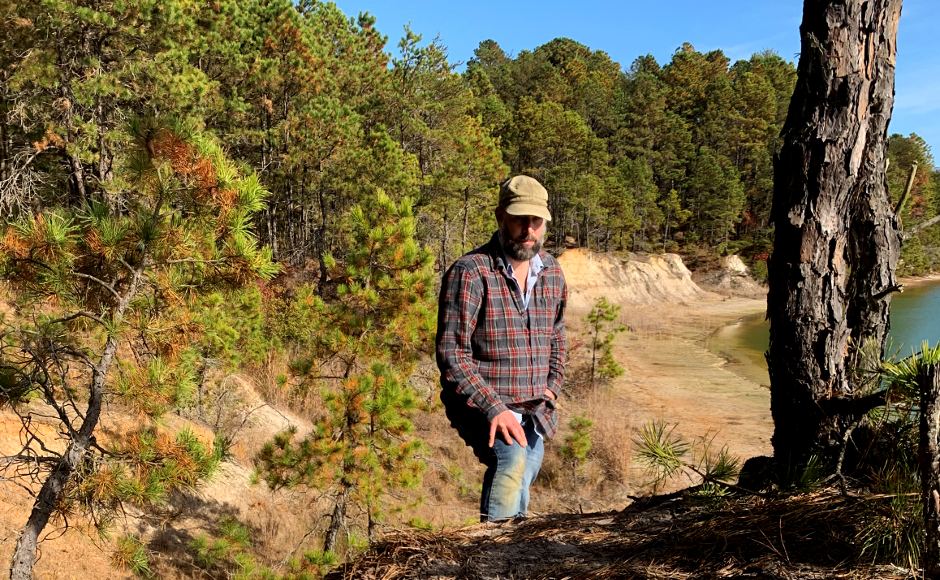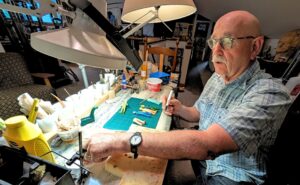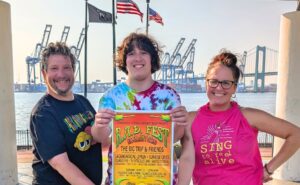 Chef Phil Manganaro forages mushrooms in the Jersey Pine Barrens. Credit: Forde Films.
Chef Phil Manganaro forages mushrooms in the Jersey Pine Barrens. Credit: Forde Films. Chef Phil Manganaro forages mushrooms in the Jersey Pine Barrens. Credit: Forde Films.
Chef Phil Manganaro forages mushrooms in the Jersey Pine Barrens. Credit: Forde Films.Related posts

‘We Never Saw This Coming’ — Star Wars Toy Maker Reflects on Career in Plastic
Steve Geddes leveraged a fine arts education into decades of work in the toy business, sculpting action figures for toy lines including Star Wars, Indiana Jones, and Jurassic Park. The Merchantville resident’s artwork straddles the line between classic form and parody, demonstrating a mastery of each. Sign in or subscribe to continue reading…
June 29, 2025
Young Musicians Rock out at R.A.D. Fest June 22
Led by George Callahan’s Lackadaisical Lemon with support from Community Rocks!, the Rock Ain’t Dead Festival showcases emerging local talent at Proprietors Park in Gloucester City. Sign in or subscribe to continue reading…
June 21, 2025